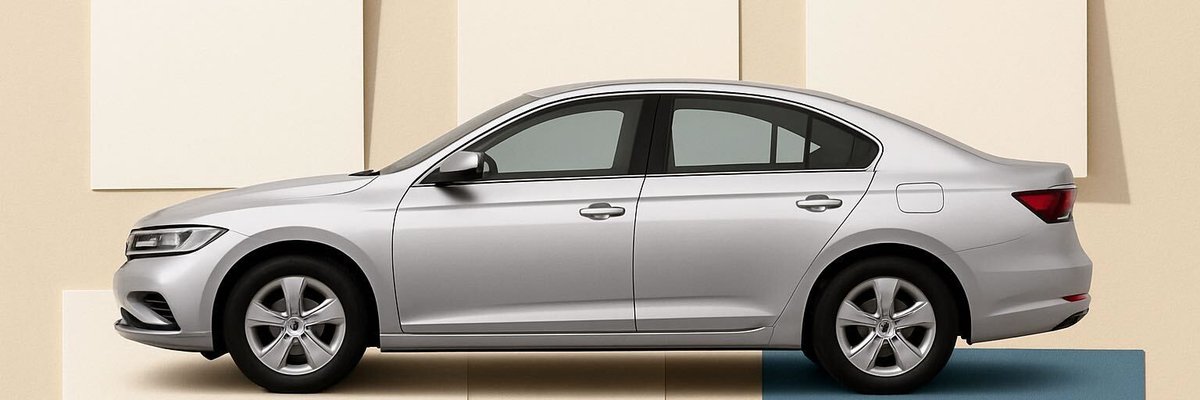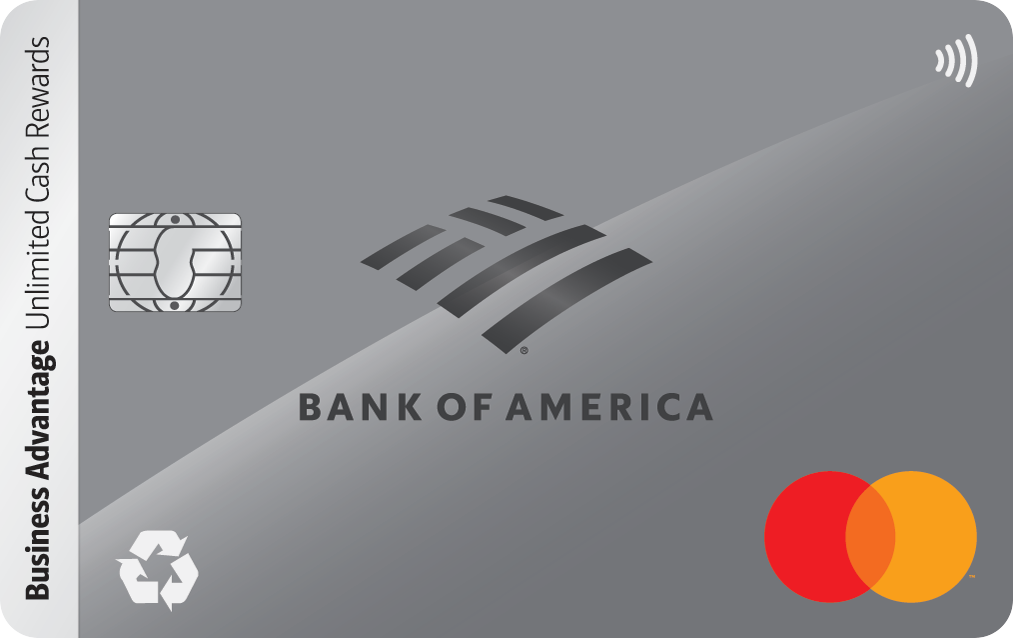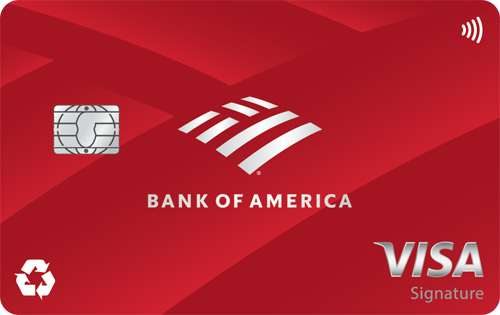Do You Have Too Much Car Insurance? 3 Red Flags to Watch Out For

Did you know it's possible to have "too much" car insurance?
Many drivers pay more for car insurance than necessary because their coverage exceeds their needs. In fact, having more coverage than you need could be costing you several hundred dollars per year.
Here are three red flags to help you spot if you're overinsured -- and how to fix it.
1. You have coverage you don't need
Not all auto insurance coverages make sense for every driver.
For example, if you own an older vehicle with a low resale value, comprehensive and collision coverage might cost more than your car is worth. In that case, dropping these optional coverages can lower your premiums without much risk.
On average, U.S. drivers pay $421 per year for comprehensive coverage and $743 per year for collision coverage, according to Insurance.com. If you get in an accident, you've also got the deductible to cover, which means you could end up paying more out of pocket than the car is worth.
If you already pay for roadside assistance through services like AAA or your phone provider, you may be doubling up by having it included in your car insurance. You might also be paying for rental reimbursement coverage, which isn't necessary if you have a backup vehicle and won't need a loaner while your other car is getting fixed or replaced.
It's smart to regularly review your policy to cut coverages that don't fit your situation.
You might be able to save hundreds of dollars per year just by switching your car insurance -- and it only takes a few minutes to find out. Check out this free tool to compare rates from the top insurance companies.
2. You have overlapping or duplicate policies
Sometimes people unknowingly pay twice for the same protection. This happens if you have multiple insurance policies that cover the same risks, or if you have duplicate coverage already included in another policy.
For instance, you might have rental car reimbursement in both your auto and homeowners insurance. An easy way to save money is to to track all your insurance products to avoid paying twice for the same coverage.
3. Your deductible is too low
Your deductible is the amount you pay out of pocket before insurance kicks in. Choosing a very low deductible, therefore, usually means a higher premium (your monthly payment).
If you're a safe driver and have enough savings to cover a bigger chunk of an accident, increasing your auto insurance deductible can lower your monthly or yearly premium significantly.
That means you'll be reducing your insurance costs while still providing solid protection. If you've got a decent driving record and are looking to save a little, raising your deductible (and decreasing your premium) could be a smart move.
Review your policy and save today
Having the right amount of car insurance coverage means balancing risk with upfront cost.
The best ways to save on car insurance include avoiding paying for unnecessary coverages, overlapping policies, and low deductibles that drive up premiums. It's smart to review your insurance regularly and adjust it to fit your current needs and financial situation.
Want to save on your car insurance today? Check out this free tool to compare rates from the top insurance companies.
Our Research Expert



